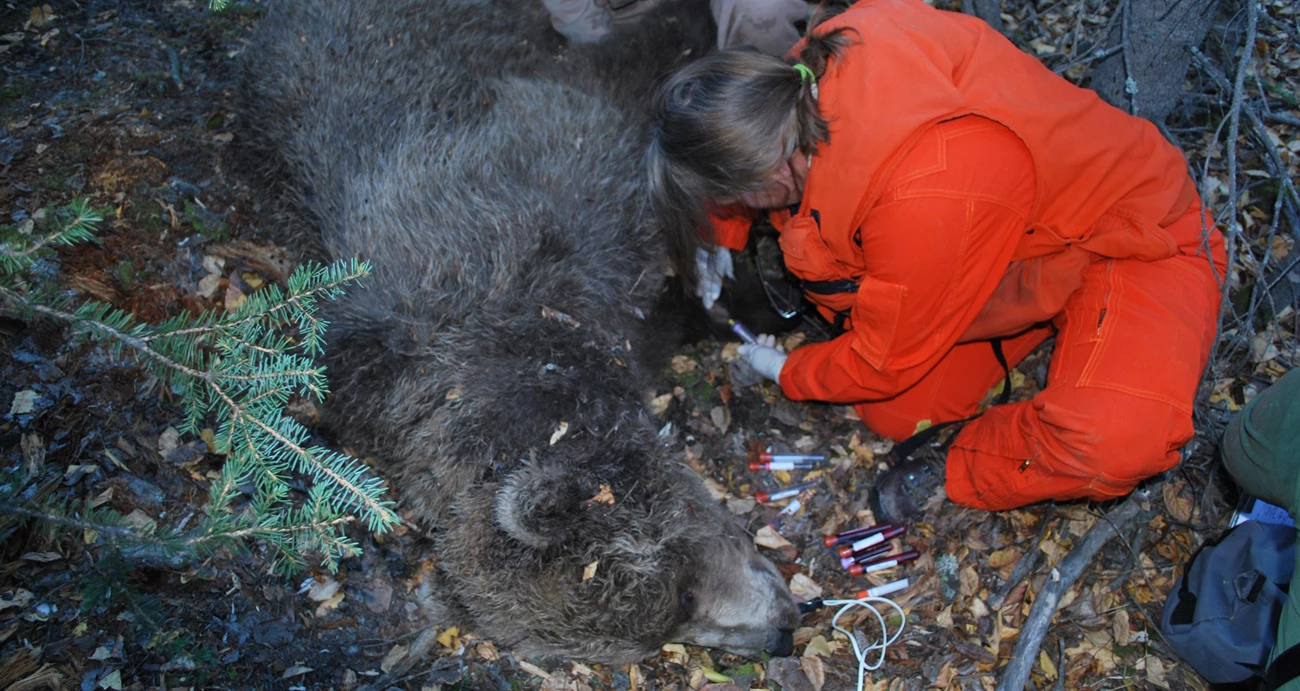
NPS Photo.
One component of the National Park Service (NPS) mission is to conserve the "wild life" and natural processes within its units. Wild life includes everything from large mammals, like bears and moose, to the smallest organisms, such as bacteria and parasites. Native organisms that cause disease may be part of the naturally functioning ecosystem that is protected within a park. The health of these ecosystems contribute to the overall health of all species - plants, animals, and us!
Today, wildlife are more often victims of diseases that are emerging due to human activities and changing landscapes. In these cases prevention and management are often necessary to protect and sustain healthy wildlife populations. Wildlife and ecosystem health are key components of the "One Health" concept, which recognizes that the health of humans, animals and the environment are interconnected. A holistic, One Health approach is needed to understand, protect, and promote the health of all species.
Wildlife populations are affected by diseases of all types, every day. However, some diseases are of particular concern within units of the National Park System and are the focus of active monitoring, management and research. Some examples include: bat white-nose syndrome, rabies, plague, tularemia, bighorn sheep pneumonia complex, chronic wasting disease, bovine brucellosis, epizootic hemorrhagic disease, amphibian chytridiomycosis, avian botulism, and West Nile virus. The threat of introduction of diseases not currently in the United States, such as foot-and-mouth disease, are also of concern. Contact Wildlife Health staff.
Explore more wildlife health topics below.
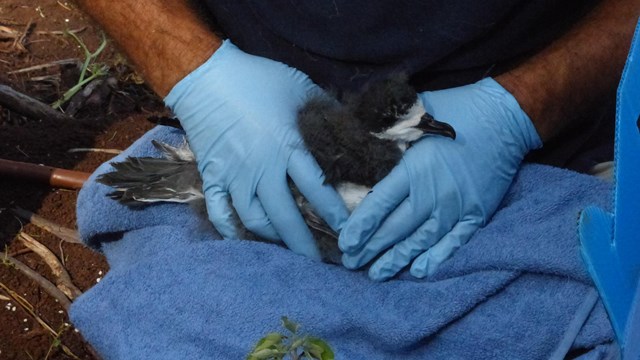
The NPS IACUC ensures humane care and use of wild animals
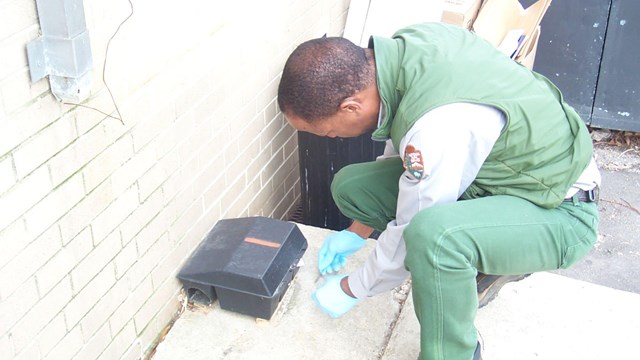
Pesky pests can be a serious problem in national parks. But when does an animal become a pest?
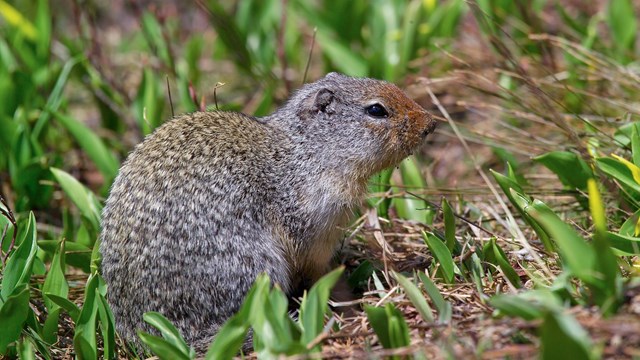
When should and should not an animal population or community be managed
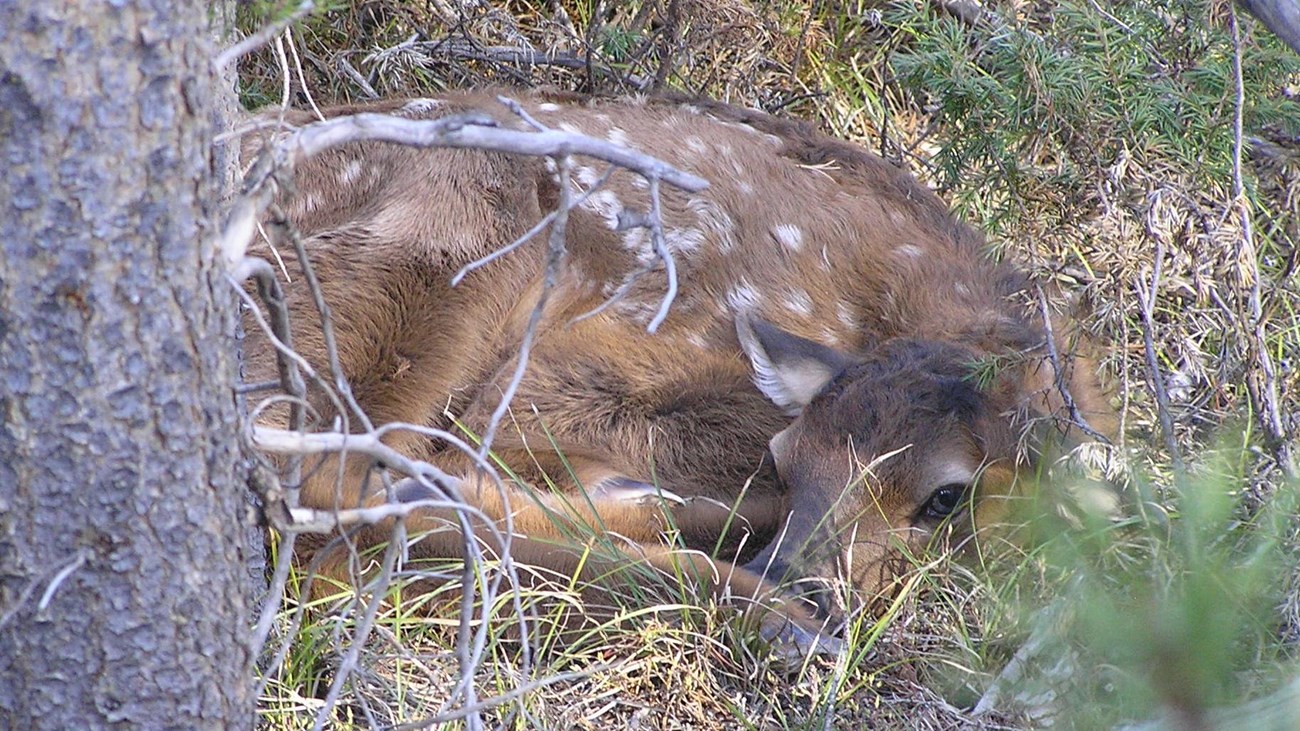
Helping ensure the health and safety of wildlife - and visitors - in national parks
Last updated: March 14, 2022
